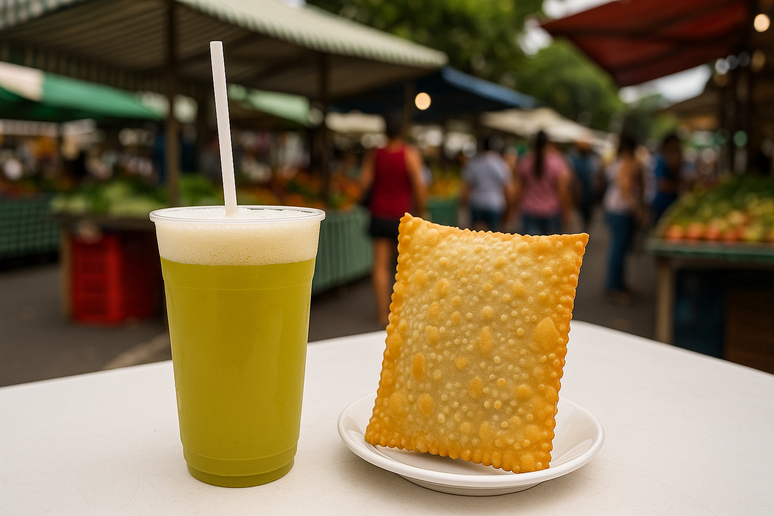The specialist teaches techniques to help mothers and babies in the breastfeeding process
We are in the Golden August, a month dedicated around the world to encouraging and promoting breastfeeding, so important for the healthy development of children and to strengthen the bond between mother and child. However, the breastfeeding process can be difficult and even frustrating for some women, who face difficulties in latching or sucking, pain, injuries, among other situations, which make the moment challenging.
In this sense, Márcia Regina da Silva, midwife nurse and breastfeeding consultant at Maternidade São Luiz Star, of Rede D’Or, emphasizes that there are different positions for breastfeeding and finding the most suitable one can make the difference.
“Information is also a form of support, as it helps the mother to overcome challenges and continue breastfeeding. It is important to keep in mind that this is a continuous and individualized learning process, so the tendency is that, little by little, the mother will adapt and become more autonomous and effective in breastfeeding.”
According to the expert, mother and Child you need to feel comfortable while breastfeeding. “Women should try different positions to find the one that works best for them and their baby. A good health professional can provide guidance, but the final decision is always up to the mother,” she stresses.
Next, the professional shows four positions and how to perform them correctly. Check it out!
1. Traditional position
Also known as the lap position, it is the most popular. The baby lies on her lap, facing the mother, tummy to tummy. “The baby’s head should be close to the crease of the elbow and the body aligned with the mother’s, to allow him to absorb as much of the lower areola as possible,” explains the nurse.
2. Transverse support position
In this position, the safe mother with one hand the baby’s neck and with the forearm the body, with the other hand the breast is offered. “The right breast is offered with the left hand. It is a good option to alternate the grip and ensure complete emptying of the breast”, comments Márcia Regina da Silva.
3. Inverted position
Recommended for sleepier babies or mothers who have not yet adapted to other positions. “The baby lies under the mother’s arm, who holds the nape of the neck with her hand and the body with her forearm. In addition to helping keep the baby more awake, this position alternates the points of friction and empties the breast well in the external quadrant”, specifies the specialist.
4. Knight’s Position
Also known as the shoulder position, it is especially used for sleepy babies. “The baby sits on the mother’s lap, facing the chest, with the mother holding the back of the head,” advises Márcia Regina da Silva.

How to find the best position?
Ideally, preparation for breastfeeding should begin during pregnancy. gestationwith research, participation in support groups, and guidance from health professionals. Understanding the different breastfeeding position options and varying the timing of breastfeeding can be beneficial for both mother and baby. “Variation of positions prevents the baby from always latching on to the same spot and ensures that the breast is completely emptied,” explains Maternidade São Luiz nurse Star.
However, she stresses that initially the mother should find a comfortable and safe position before trying alternatives. “If you are having difficulty, seek help, professional guidance, information with good references and also accept the help of your support network, such as friends and family, who can make a difference. Remember that it is a learning process, so it is not something that the mother should expect to succeed the first time,” concludes Márcia Regina da Silva.
By Samara Meni
Source: Terra
Ben Stock is a lifestyle journalist and author at Gossipify. He writes about topics such as health, wellness, travel, food and home decor. He provides practical advice and inspiration to improve well-being, keeps readers up to date with latest lifestyle news and trends, known for his engaging writing style, in-depth analysis and unique perspectives.









